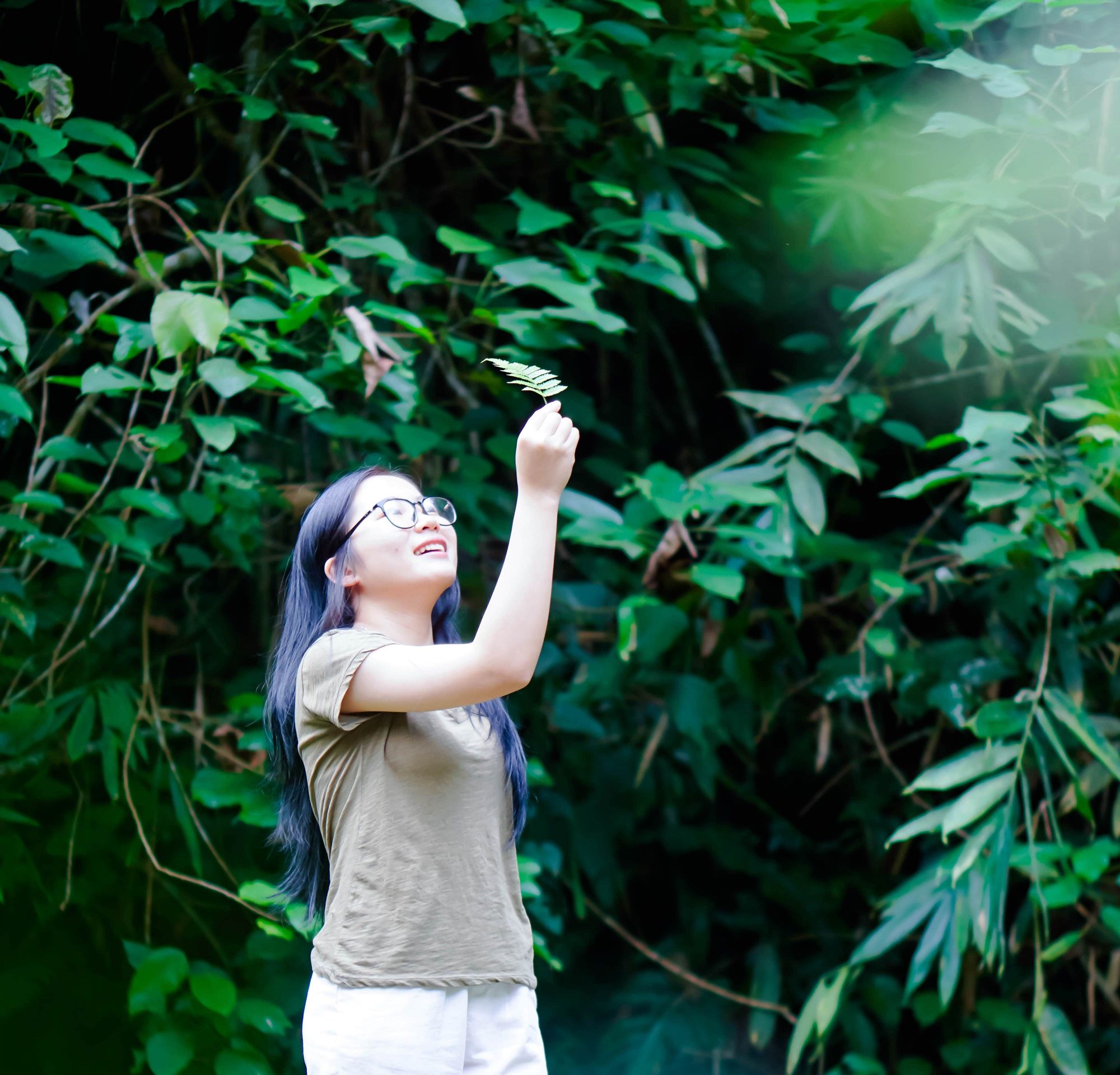Central Park's Untold Stories: Exploring the Park's Fascinating History and Trivia
Central Park is an iconic landmark of New York City, attracting millions of visitors each year. Spanning 843 acres, the park offers a picturesque escape from the hustle and bustle of city life, with its lush greenery, sparkling lakes, and scenic walking paths. However, what many visitors may not realize is that Central Park has a fascinating history, filled with untold stories and intriguing trivia.
Designed by Frederick Law Olmsted and Calvert Vaux, Central Park was created in the mid-19th century as a response to the rapid urbanization of New York City. The park's construction began in 1858 and was completed in 1873, resulting in the creation of an urban oasis that has since become one of the city's most beloved landmarks.
Over the years, Central Park has served as the backdrop for countless films, TV shows, and cultural events, solidifying its status as a cultural touchstone. Despite its popularity, however, there are many untold stories and hidden gems waiting to be discovered within its borders. In this five-part article, we will explore some of Central Park's most fascinating history and trivia, from its hidden gardens to its iconic landmarks, providing an insider's look at this beloved park.

Hidden Gems and Trivia
While Central Park is known for its iconic landmarks, such as the Bethesda Fountain and the Central Park Zoo, there are also many hidden gems waiting to be discovered. For example, did you know that the park is home to a secret garden?
The Conservatory Garden, located in the northeastern corner of the park, is a three-acre oasis that features immaculate landscaping, winding paths, and serene fountains. Visitors can stroll through the garden's three distinct sections, each with its own unique character and charm. The Italian Garden is inspired by classic European designs, while the French Garden features stunning topiaries and an elegant fountain. Finally, the English Garden offers a peaceful respite with its lush greenery and tranquil reflecting pool.
Another little-known fact about Central Park is that it contains over 20 playgrounds, each with its own theme and design. From the whimsical "Alice in Wonderland" playground to the adventurous "Billy Johnson Playground," there is something for every child (and child at heart) to enjoy.
In addition to its hidden gems, Central Park is also home to many fascinating trivia tidbits. For example, did you know that the park's famous Bow Bridge was originally designed to be a straight bridge? However, Olmsted and Vaux decided to curve the bridge to create a more aesthetically pleasing view of the surrounding landscape.
Furthermore, Central Park is home to the world's largest outdoor amphitheater, the Delacorte Theater. The theater is best known for hosting the annual Shakespeare in the Park festival, which has been a summer tradition since 1962. Each year, thousands of visitors flock to the theater to enjoy free performances of some of Shakespeare's most beloved plays.

Historical Significance
Central Park is not only a place of beauty and recreation, but it also has significant historical importance. For example, during the Civil War, the park served as a training ground for Union troops. Thousands of soldiers were trained in Central Park, which was transformed into a military encampment known as Camp Scott.
In addition to its role during the Civil War, Central Park was also an important location during the women's suffrage movement. In 1908, suffragettes held a massive rally in the park, attracting thousands of supporters from around the country. The event was one of the largest women's rights demonstrations in history and played a significant role in the eventual passage of the 19th Amendment, which gave women the right to vote.
Another historical landmark in Central Park is the Belvedere Castle, a stunning Gothic structure that was built in 1869. Originally intended to be a decorative feature, the castle was later converted into a weather station, which is still in operation today. Visitors can climb to the top of the castle for panoramic views of the park and the surrounding cityscape.
Finally, Central Park is also home to the Obelisk, also known as Cleopatra's Needle. The Obelisk is an ancient Egyptian monument that was gifted to the United States by the government of Egypt in 1880. It is one of only three ancient Egyptian obelisks in the world that remain standing outside of Egypt.

Artistic Inspiration
Central Park has inspired countless artists, musicians, and writers throughout its history. The park's natural beauty and peaceful atmosphere have provided a creative haven for many artists, both past and present.
One of the most famous artworks inspired by Central Park is the painting "Sunday Afternoon on the Island of La Grande Jatte" by Georges Seurat. The painting, which depicts a group of Parisians relaxing in a park, is considered a masterpiece of Pointillism and is housed at the Art Institute of Chicago. Seurat was inspired to paint the scene after seeing a similar scene in Central Park during a visit to New York City.
In addition to visual art, Central Park has also been a source of inspiration for musicians. One of the most famous examples is the song "Central Park West" by jazz legend John Coltrane. The song, which was recorded in 1960, is a hauntingly beautiful tribute to the park's tranquility and natural beauty.
Central Park has also been the setting for many famous movies, including "When Harry Met Sally," "Breakfast at Tiffany's," and "Home Alone 2: Lost in New York." The park's iconic landmarks, such as the Bethesda Fountain and the Bow Bridge, have become synonymous with the city itself and have helped to shape the image of New York in popular culture.
Finally, Central Park has also been a favorite subject for writers throughout the years. From E.B. White's beloved children's book "Stuart Little" to J.D. Salinger's classic "The Catcher in the Rye," Central Park has played a role in some of the most beloved literary works of all time.

Fun Facts and Trivia
Central Park is full of fun facts and trivia that many visitors may not know about. Here are just a few:
- Central Park was not always the lush green oasis that it is today. In fact, when the park was first built in the mid-19th century, it was a barren wasteland. The park's designers had to import hundreds of thousands of trees and plants to create the lush landscape that we see today.
- The park is home to over 275 species of birds, making it a popular destination for birdwatchers.
- One of the park's most popular attractions is the Central Park Zoo, which is home to over 130 different species of animals.
- The park is also home to several hidden gems, such as the Ramble, a secluded woodland area that is popular with birdwatchers and nature enthusiasts.
- Central Park has been the site of many historic events, including the largest anti-war protest in American history, which took place in the park in 1967.
- The park's Great Lawn is one of the largest urban lawns in the world, spanning 55 acres.
- Central Park is a popular location for outdoor concerts and events. In fact, the park's Summer Stage concert series has been a staple of the New York City music scene for over 30 years.
- The park is also home to several iconic statues, including the Alice in Wonderland statue and the Balto statue, which honors a heroic sled dog that helped save lives during a diphtheria outbreak in Alaska in 1925.
With its rich history, artistic inspiration, and fascinating trivia, Central Park truly has something for everyone. Whether you're a nature lover, a history buff, or simply looking for a peaceful oasis in the heart of the city, Central Park is a must-visit destination that will not disappoint.

